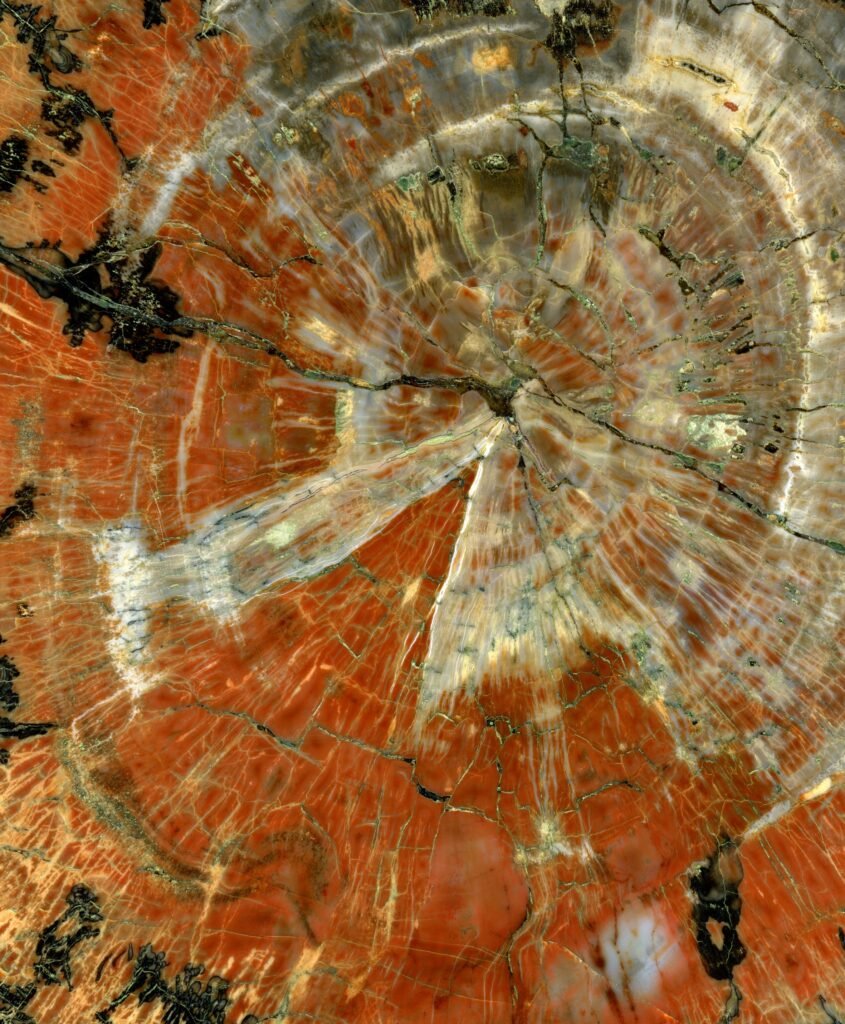Close your eyes and imagine standing barefoot on the windswept beaches of Wales. The ocean roars nearby, and the sand slips between your toes. But what if I told you that just beneath your feet, hidden by centuries of shifting tides and storms, lies a lost world—a fossilized forest, frozen in time, whispering secrets from an age long before humans ever walked these shores? This isn’t a fantasy; it’s a breathtaking scientific reality along the Welsh coastline, where ancient trees and roots wait patiently for curious eyes to uncover their stories.
A Lost World Revealed by the Tides
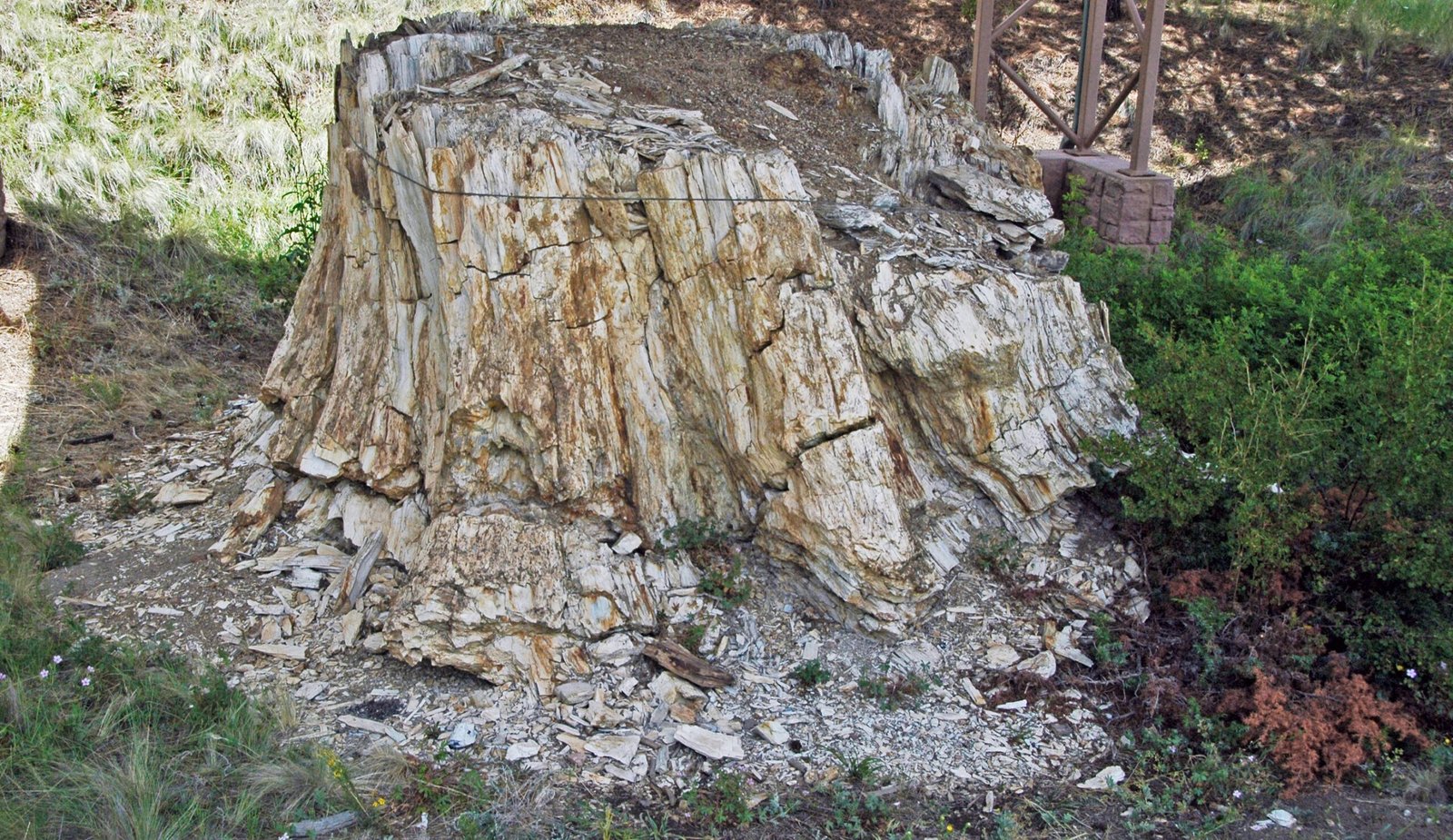
Twice a day, the relentless rhythm of the tides reshapes the Welsh beaches. Sometimes, after a powerful storm or exceptionally low tide, dark, knotted tree stumps and tangled roots emerge from the sand like ghosts from the past. These remnants aren’t just driftwood—they are the petrified remains of forests that thrived thousands of years ago, preserved in layers of peat and silt. The sight is both eerie and awe-inspiring, as if the land itself is momentarily remembering a different era. Locals and tourists alike are often surprised, stopping in their tracks to marvel at this natural time capsule.
Where to Find the Fossil Forests

The most famous fossilized forests in Wales lie along the Cardigan Bay coastline, with notable sites near Borth, Ynyslas, and Newgale. At low tide, these areas reveal ancient tree stumps and roots, some still standing upright as they did millennia ago. The phenomenon isn’t restricted to one spot—other stretches of the Welsh coast, like Lydstep Haven and Freshwater West, occasionally reveal their own hidden forests. The excitement is heightened by the unpredictability; you never quite know when or where the next big reveal will happen, which makes every beach walk a potential adventure.
How Old Are These Trees?

Scientists have used radiocarbon dating to unravel the age of these spectacular remains. Most of the trees were alive during the late Mesolithic to early Bronze Age, roughly between 4,000 and 6,000 years ago. That means these forests grew during a time when woolly mammoths were fading into legend and the earliest farmers were just beginning to shape the landscape. Some stumps are even older, with evidence suggesting certain patches date back over 7,000 years. It’s both humbling and mind-bending to realize these trees stood tall when Stonehenge was only a dream.
The Ancient Trees of Wales
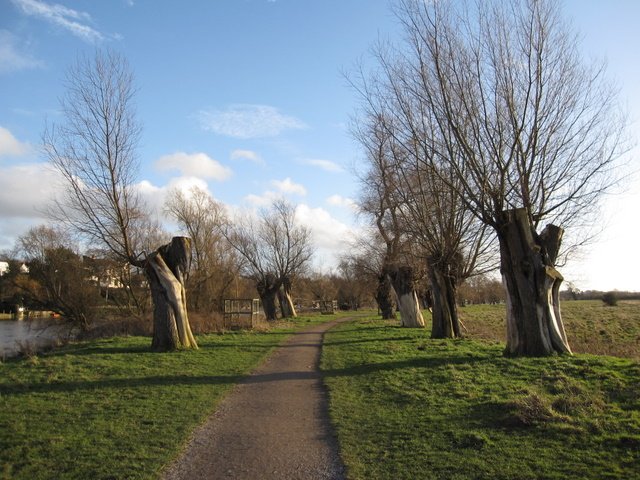
The fossilized forests of Wales were dominated by hardy species that thrived in the post-glacial landscape. Alder, oak, and pine were the main players, their trunks and roots preserved in the oxygen-poor, waterlogged soils. In some places, you can even spot the unique patterns of bark or the spread of roots fanning out as they did in life. These species tell scientists about the climate and conditions of ancient Britain, painting a vivid picture of a green and untamed world. It’s a botanical puzzle, and every piece helps us understand how natural environments have shifted over thousands of years.
How Did the Forests Become Fossilized?
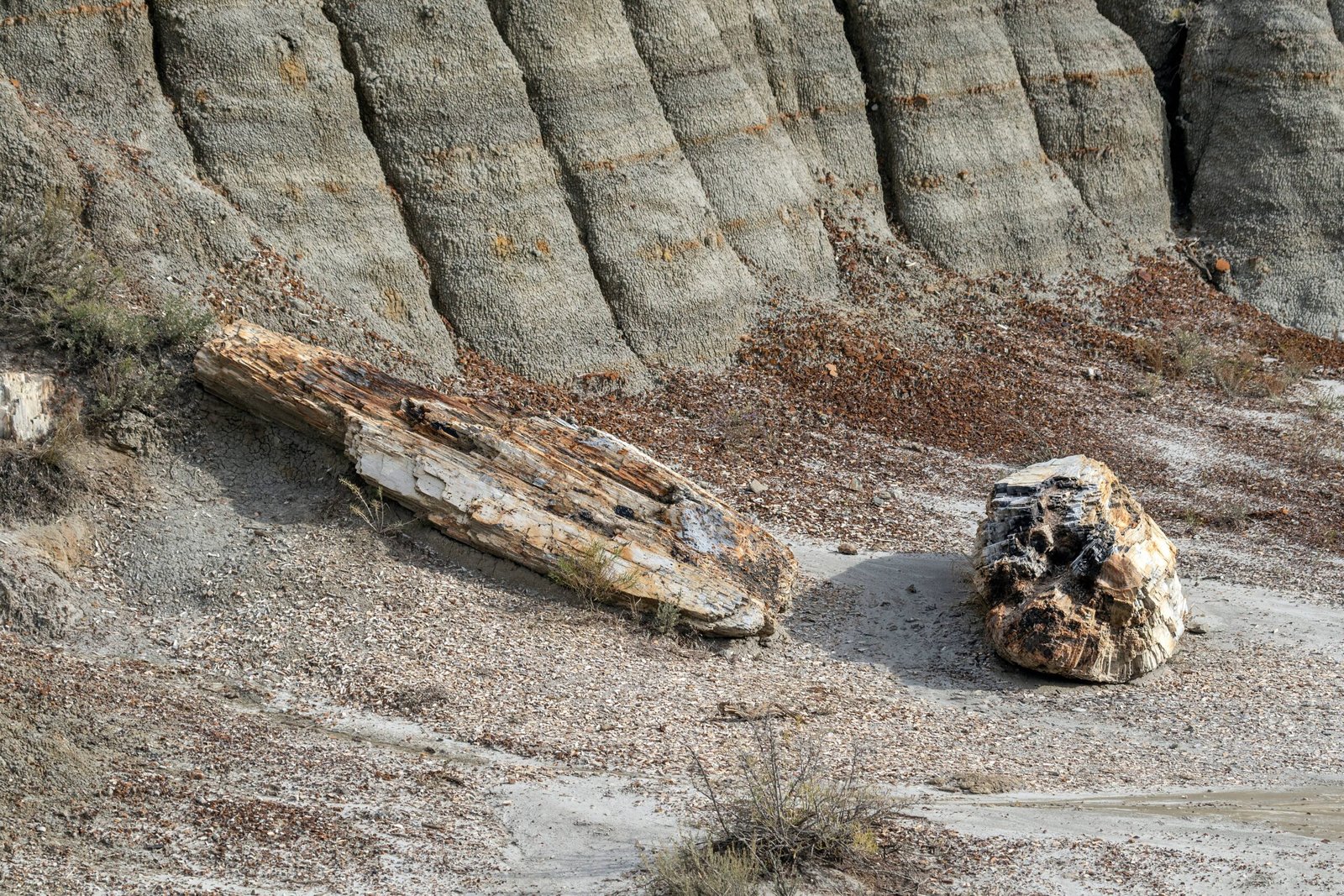
The process of fossilization, in this case, isn’t about turning wood into stone, but about preserving it in a remarkable state. As sea levels rose at the end of the last Ice Age, saltwater slowly began to creep inland, drowning prehistoric forests. The trees died, but instead of decaying, they were quickly buried by layers of peat, mud, and sand. These layers created an anaerobic (oxygen-free) environment, which stopped bacteria and fungi from breaking down the wood. The result is a landscape where trunks, roots, and even leaves can remain intact for thousands of years, appearing almost as if they were only recently felled.
Changing Landscapes and Rising Seas
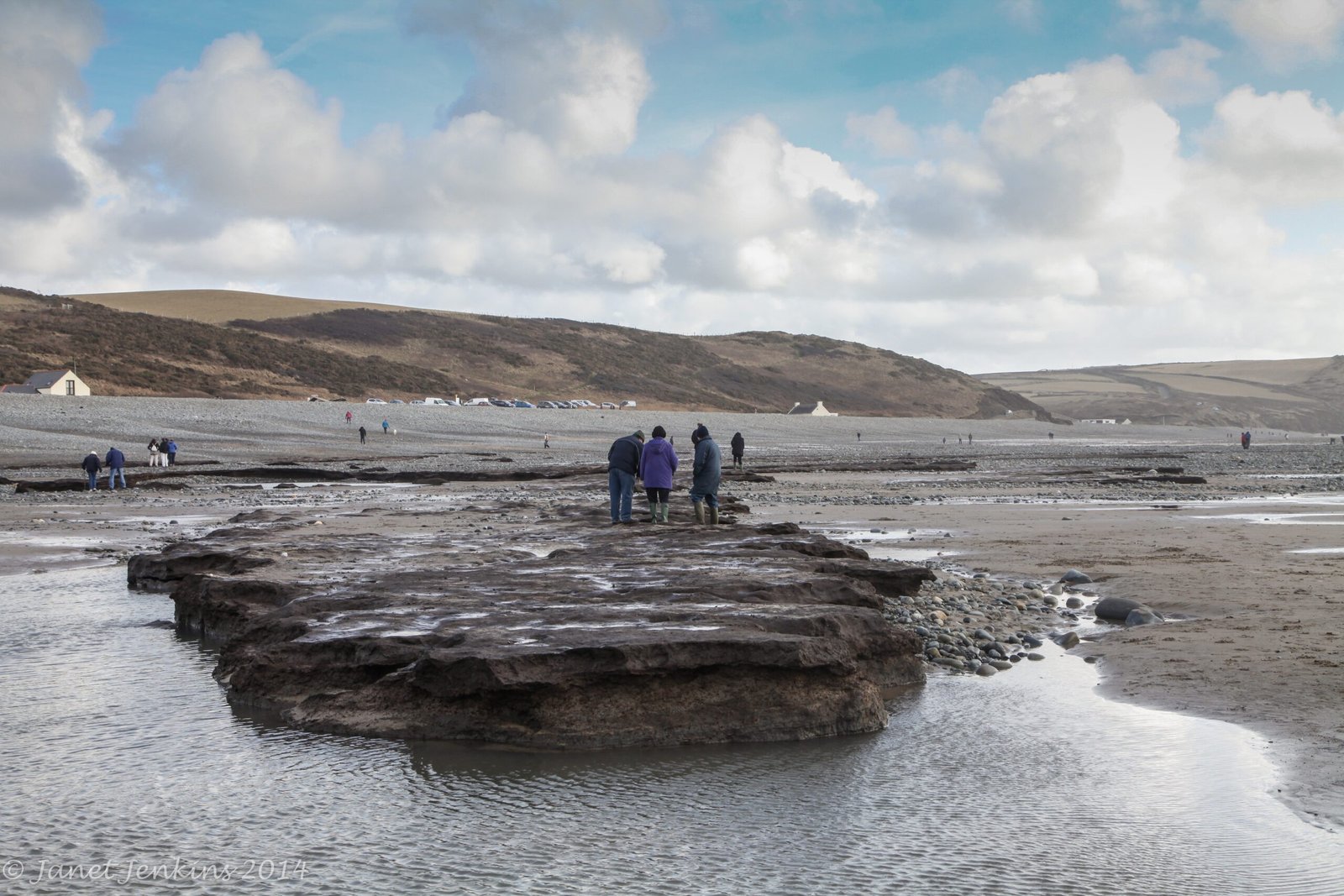
The story of these fossil forests is a story of climate change—one written in wood and earth rather than ink. Around 6,000 years ago, rising sea levels caused by melting glaciers began to transform the coastline. What was once dense woodland became marsh, then tidal mudflat, and finally, open beach. This transformation was slow but relentless, driving home just how dynamic Earth’s landscapes can be. For scientists, these buried forests are a living archive, providing direct evidence of environmental change on a dramatic scale.
Archaeological Discoveries in the Peat
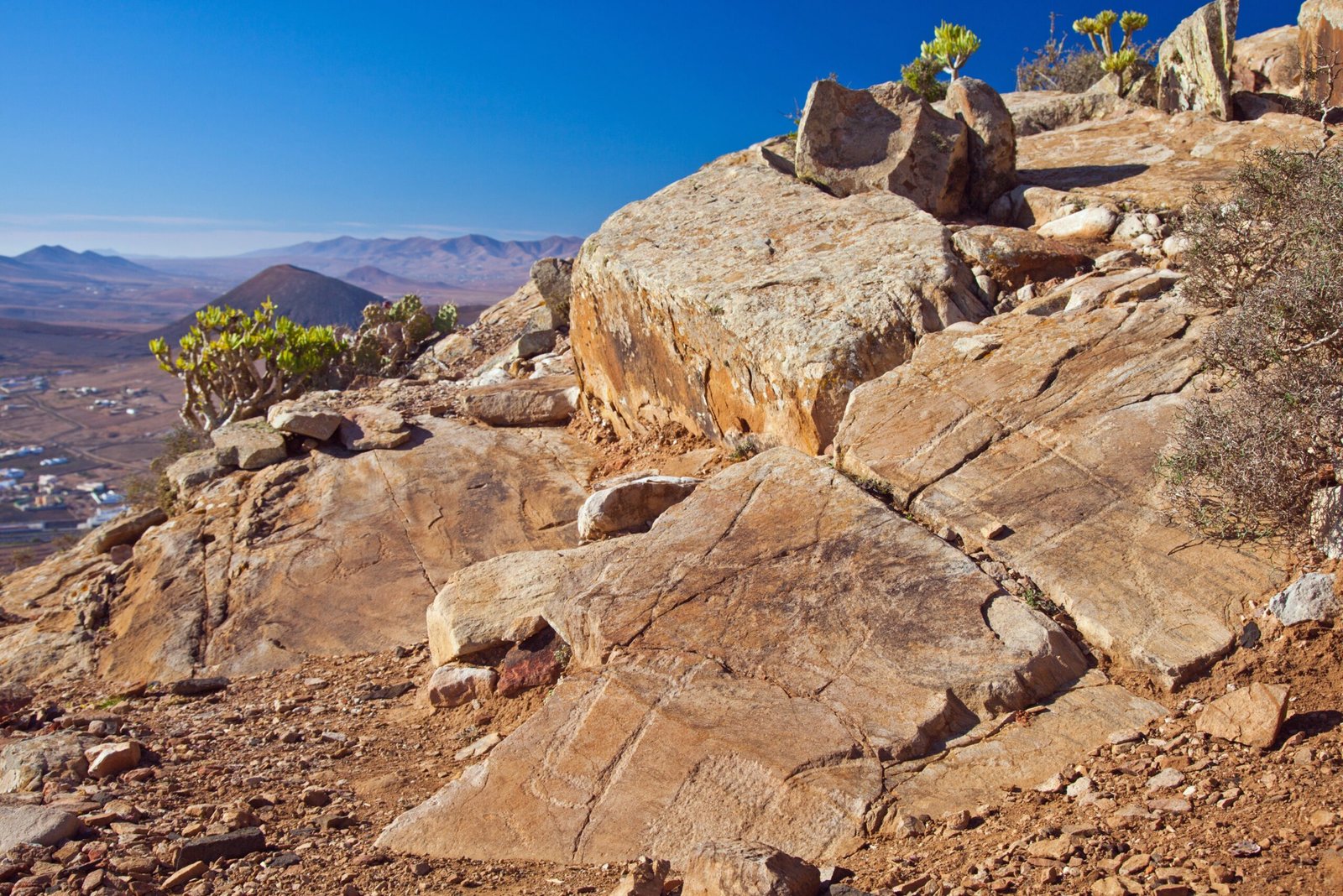
It’s not just trees that have been discovered beneath the Welsh sands. Archaeologists have unearthed stone tools, animal bones, and even footprints—evidence that people and animals once roamed these ancient woodlands. At Borth, for example, 4,000-year-old human footprints have been found alongside those of red deer and wild boar. These imprints are a direct, almost haunting connection to the people who lived and hunted here long before recorded history. It’s like shaking hands with the past, the peat preserving memories that would otherwise be lost forever.
Legends and Folklore of the Sunken Lands
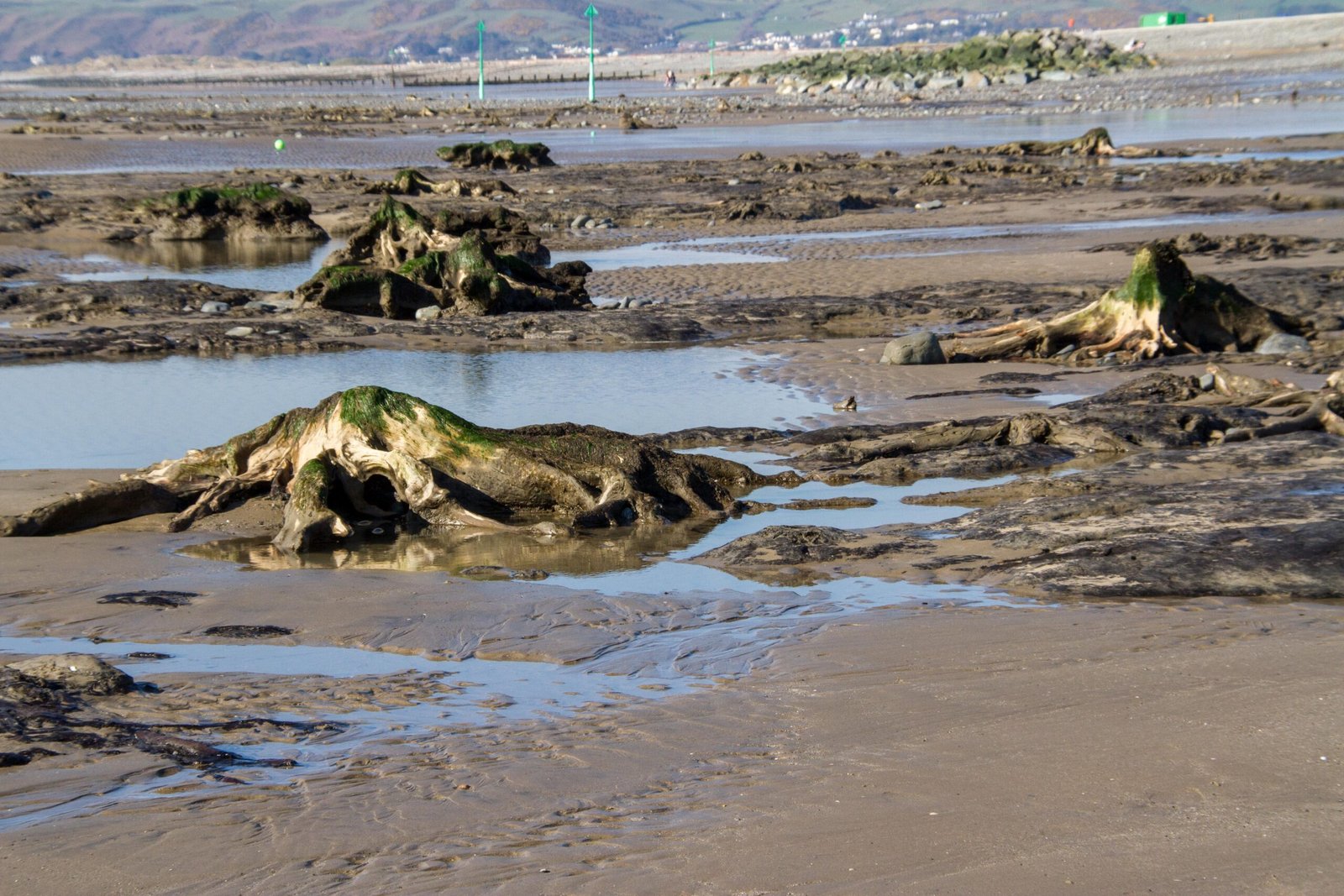
These ghostly forests have inspired Welsh myths for centuries. One of the most famous legends is Cantre’r Gwaelod, the “Welsh Atlantis,” said to be a sunken kingdom lost beneath the waves of Cardigan Bay. According to folklore, a flood overwhelmed the land after a careless gatekeeper left the sea defenses open. When the stumps appear after a storm, some locals say they are the remains of this drowned realm, its trees reaching up from beneath the sea. Science and story blend together here, giving the fossil forests a magical, almost haunted presence in Welsh culture.
Why Do the Forests Sometimes Appear and Disappear?
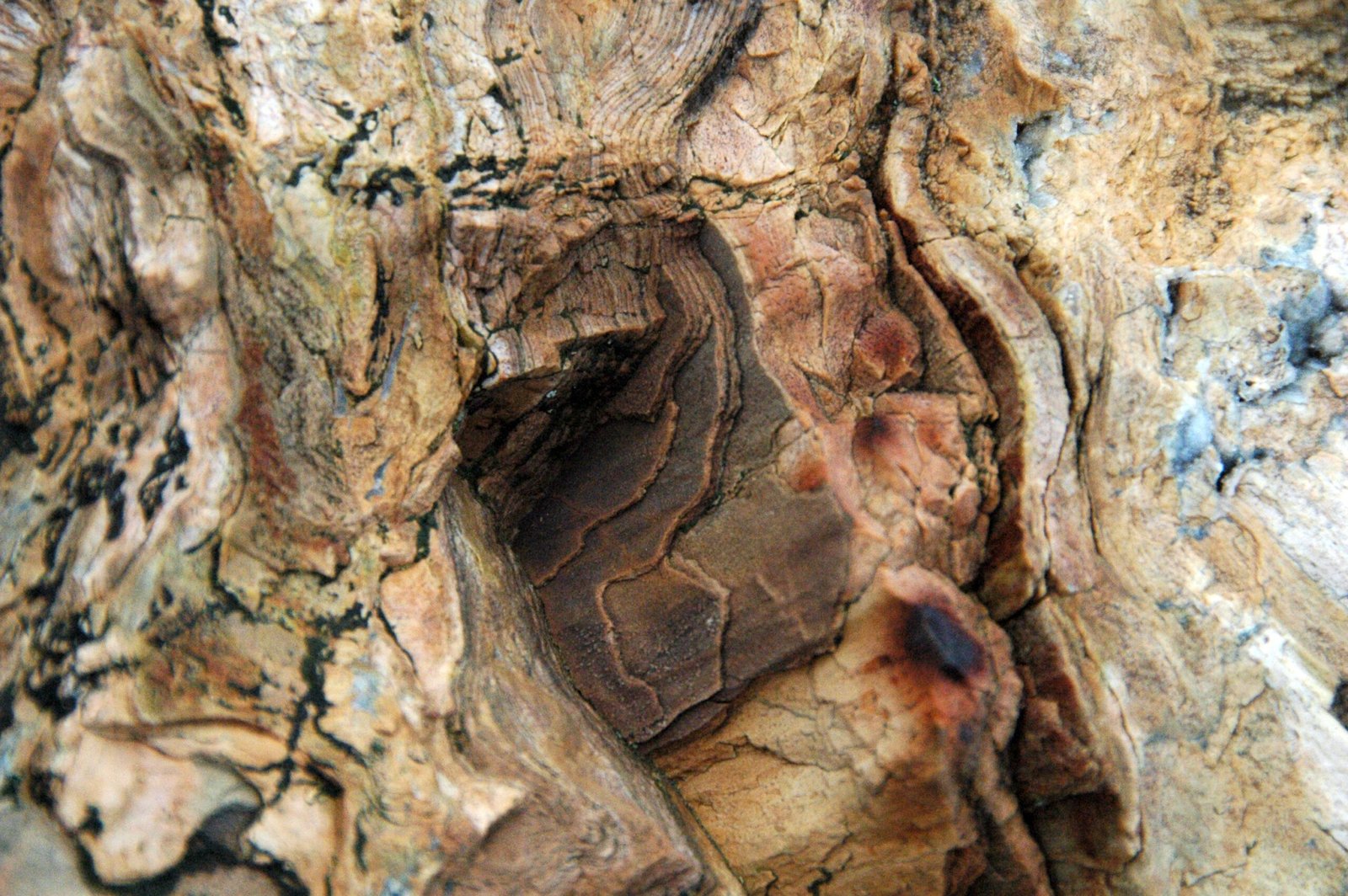
The fossilized remains aren’t visible all the time. Their appearance depends on a delicate balance of tides, weather, and shifting sands. After fierce winter storms, the pounding surf can strip away layers of sand, uncovering the stumps for a few days or weeks. In calmer weather, wind and waves gradually bury them again, hiding the ancient roots from view. This cycle adds an element of mystery and anticipation—every visit to the beach could be a chance to glimpse the past, if only for a fleeting moment.
What Can We Learn About Past Climates?
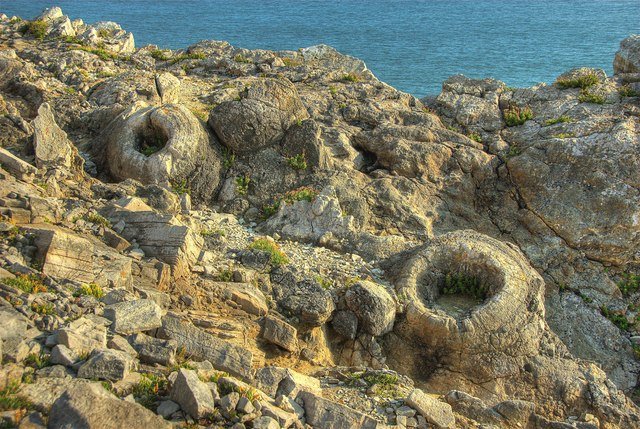
Studying these fossil forests offers a unique window into the climate of ancient Wales. By analyzing pollen grains, tree rings, and the types of trees preserved, scientists can reconstruct temperature, rainfall, and even the frequency of storms thousands of years ago. The evidence suggests that the Welsh coast was once far wetter and more wooded than it is today. These insights are crucial for understanding how ecosystems respond to changing climates—a lesson that feels especially relevant as we face our own era of rapid environmental shifts.
The Role of Peat in Preservation

Peat is a remarkable preservative, almost like nature’s own time capsule. When trees died and fell, they became submerged in waterlogged peat, which is low in oxygen and high in acidity. This combination slowed down the decomposition process to a crawl. The result? Ancient wood, seeds, and even small animals can remain astonishingly well-preserved. Some sections of the Welsh fossil forests are so intact that you can still see the growth rings in the wood, each one a record of a year’s life in a lost forest.
Modern Technology Unearthing the Past
Today’s scientists use a mix of old-fashioned digging and cutting-edge technology to study the fossilized forests. Ground-penetrating radar, drone surveys, and 3D mapping help researchers build detailed images of what lies beneath the sand. These tools allow for non-invasive exploration, meaning the precious remains stay protected even as we learn more about them. The combination of ancient evidence and modern tech feels almost like detective work, piecing together clues to solve the mystery of Wales’s vanished woodlands.
Wildlife of the Ancient Forests
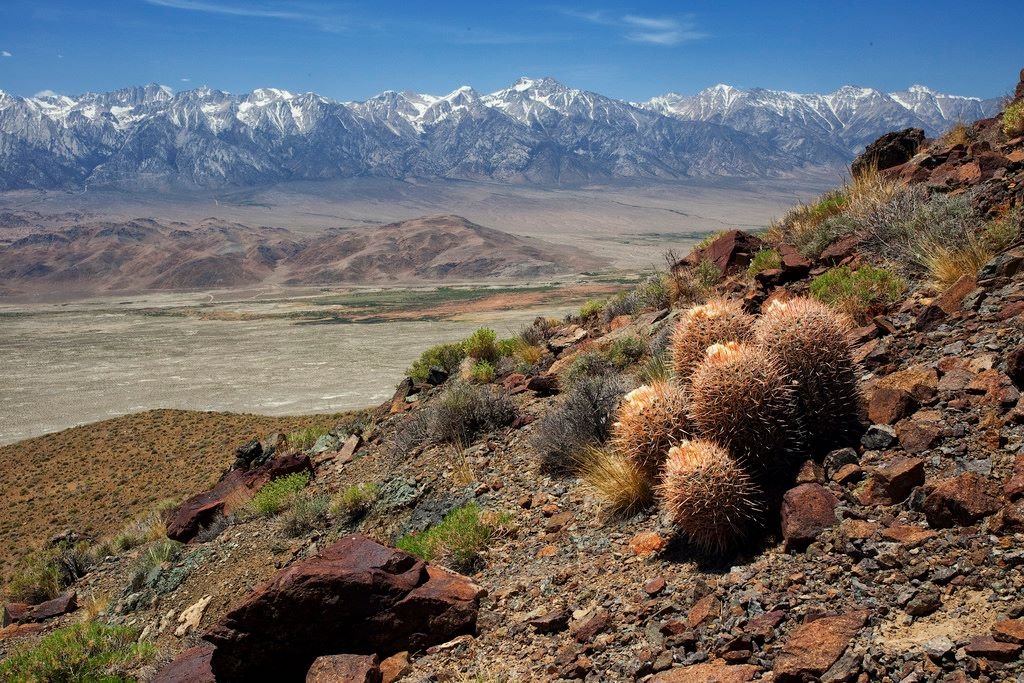
Imagine the creatures that once wandered among these trees. Red deer, wild boar, wolves, and even aurochs—the massive wild cattle of prehistoric Europe—would have called these woods home. The fossil forests weren’t just a collection of trees; they were vibrant ecosystems teeming with life. The preserved bones and footprints found in the peat are a testament to the rich biodiversity that thrived here. Today’s windswept beaches seem quiet by comparison, but the evidence beneath the sand tells a story of wild abundance.
Human Life Along the Ancient Shores
For early hunter-gatherers and the first farmers, these forests were both resource and refuge. Archaeological finds suggest that people hunted, gathered, and later farmed in these now-buried woods. Tools made from flint, antler, and bone have been recovered, offering clues about daily life thousands of years ago. The forests were likely filled with edible plants, game, and fresh water—an ideal home for our distant ancestors. When the seas rose, communities would have been forced to move inland, leaving behind only traces of their existence.
Climate Change Then and Now
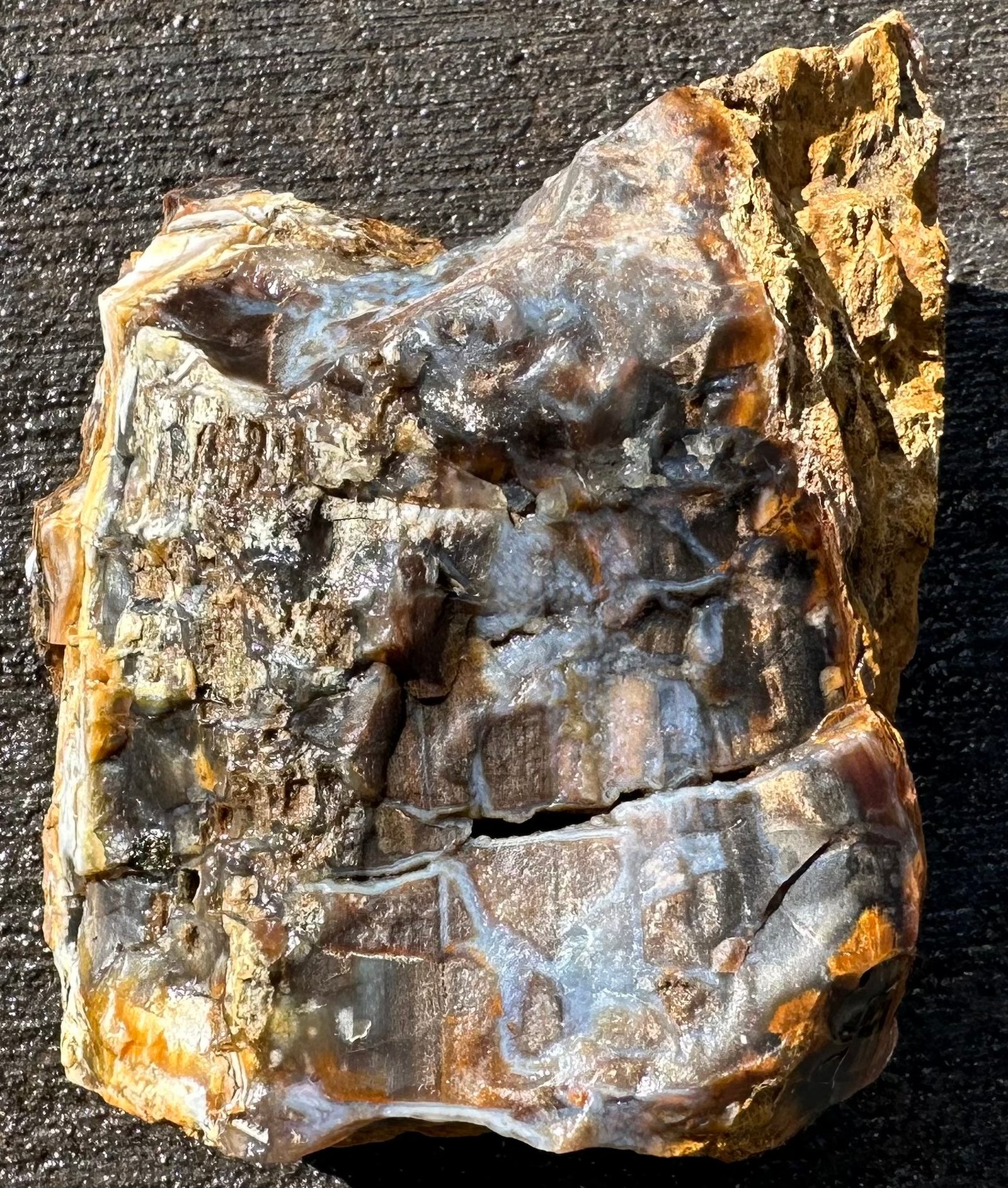
The story of the fossilized forests is a powerful reminder that climate change isn’t just a modern problem. Sea levels rose dramatically at the end of the last Ice Age, transforming entire landscapes and forcing people and animals to adapt. Today, with rising seas again threatening coastal communities worldwide, the lessons of the Welsh forests feel more urgent than ever. They show how resilient nature can be, but also how quickly things can change when the balance tips.
Visiting the Fossilized Forests Today
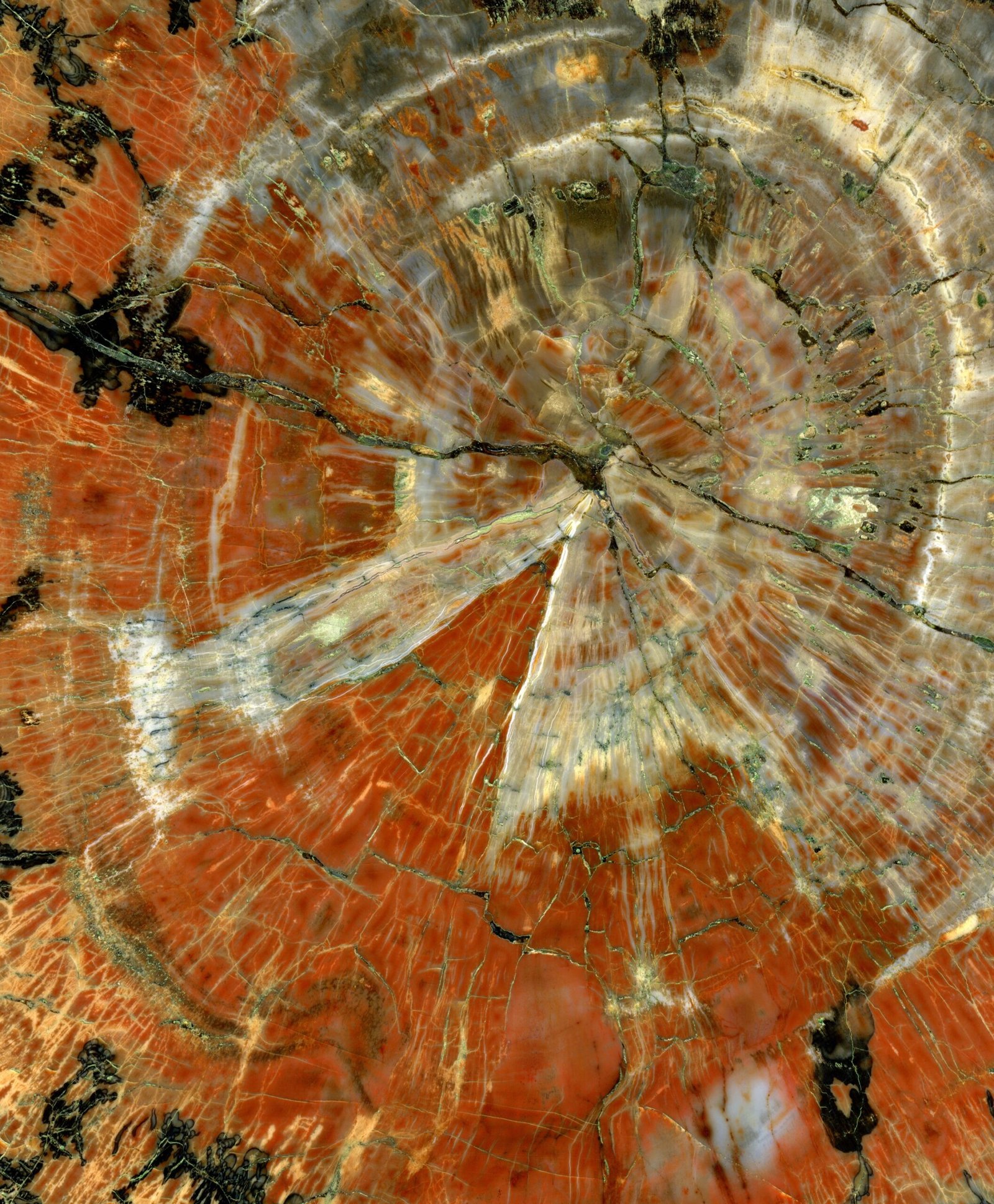
If you’re lucky enough to visit Wales, seeing one of these fossilized forests is an unforgettable experience. The best time to spot them is after a winter storm or during a particularly low tide. Local guides sometimes offer tours, sharing the history and science of the area. There’s something magical about walking among the ancient stumps, knowing you’re treading the same ground as people and animals from another world. It’s an adventure that brings science, history, and wonder together in a single, windswept place.
Conservation and Protection Efforts

Preserving these fossil forests is a delicate challenge. Natural erosion, tourism, and even well-meaning souvenir hunters can damage the remains. Conservationists work to protect the most significant sites, sometimes covering exposed stumps or restricting access during vulnerable periods. Raising public awareness is key—when people understand the value of these natural treasures, they’re more likely to help safeguard them. The hope is that future generations will still be able to experience this remarkable piece of Earth’s history.
Fossil Forests Around the World
Wales isn’t the only place where ancient forests lie hidden beneath modern landscapes. Similar fossilized woodlands have been found in places like Doggerland beneath the North Sea, and on beaches in Scotland and Ireland. Each site tells its own story, shaped by local conditions and histories. The Welsh forests are some of the most accessible and dramatic, but they’re part of a larger global pattern—evidence that our planet’s surface is always changing, always surprising us with new discoveries.
What the Forests Teach Us About Resilience
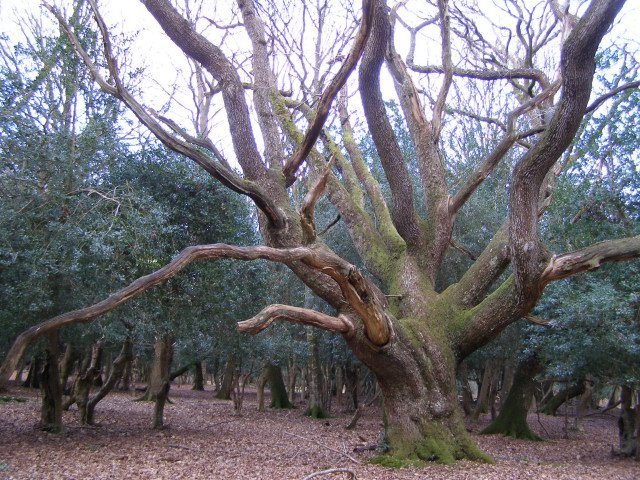
Standing over a fossilized stump, it’s hard not to feel a sense of connection and resilience. These trees survived ice ages, storms, and floods, only to be revealed again thousands of years later. Their endurance is a symbol of nature’s ability to adapt and persist, even in the face of overwhelming change. For many, the fossil forests are not just scientific curiosities, but powerful reminders of the natural cycles that shape our lives, often in ways we can’t predict.
Becoming a Beach Detective
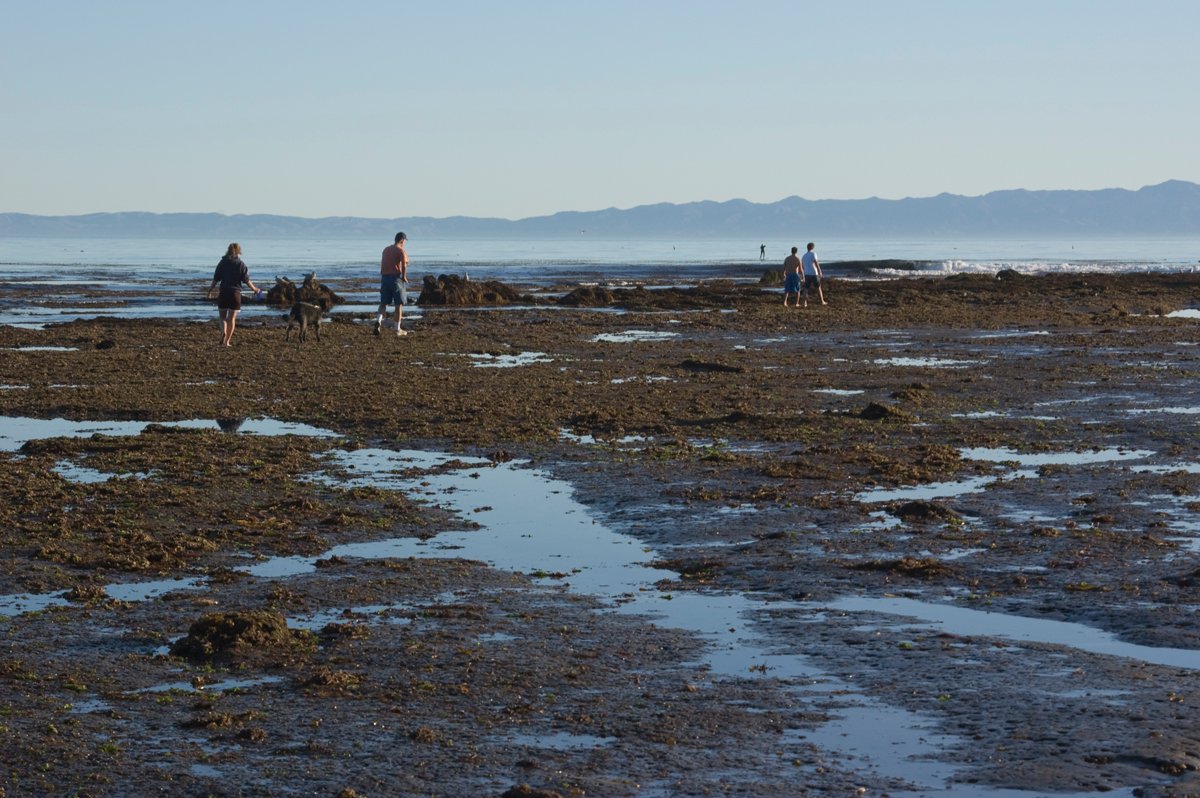
Anyone can join the hunt for ancient forests—no PhD required. All it takes is curiosity and a willingness to explore. Next time you walk a Welsh beach, keep your eyes open for dark, strange shapes poking through the sand. What looks like an ordinary lump of wood could be thousands of years old. Children, especially, love the thrill of discovery, and exploring these sites is a wonderful way to spark a lifelong fascination with science and history.
Imagination Meets Science Beneath the Sand
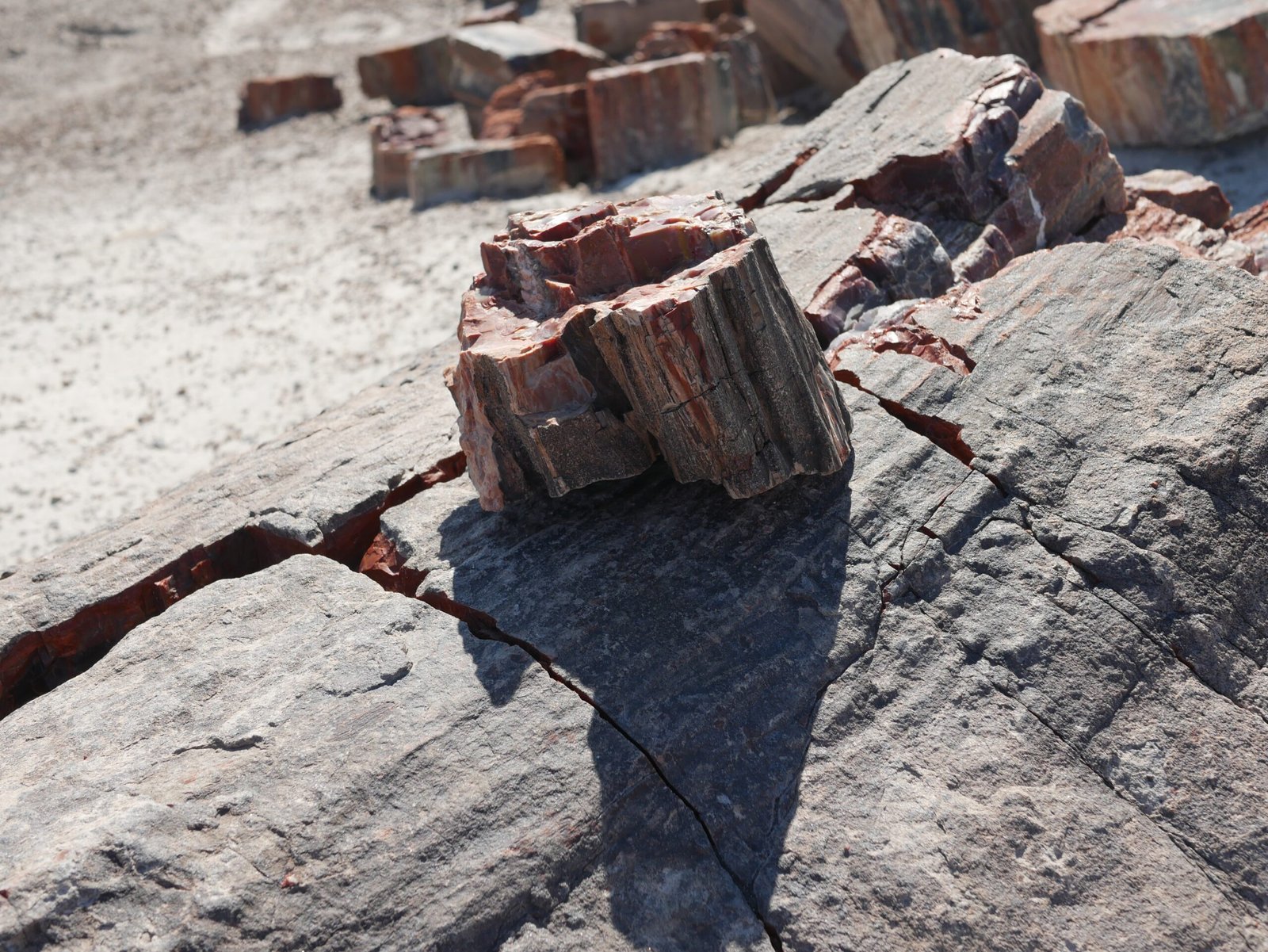
The fossilized forests of Wales are more than just relics; they are invitations to imagine. What did the world sound like when these trees were alive? What stories could they tell if we could listen? Through the combination of science, legend, and personal discovery, these ancient remains bridge the gap between past and present, inviting us all to pause, look closer, and wonder at the hidden worlds beneath our feet.

